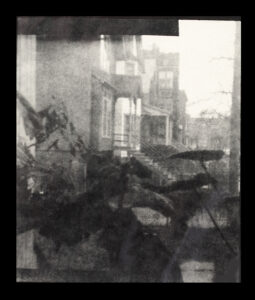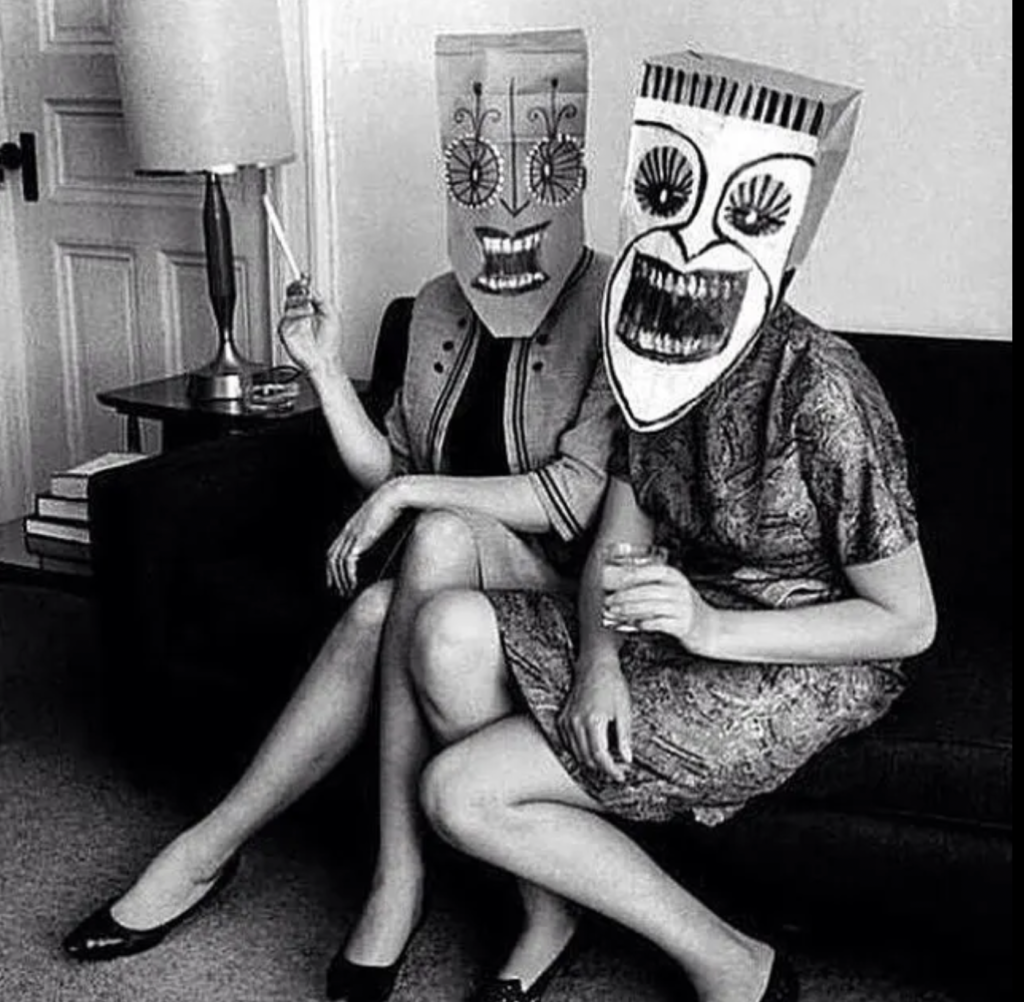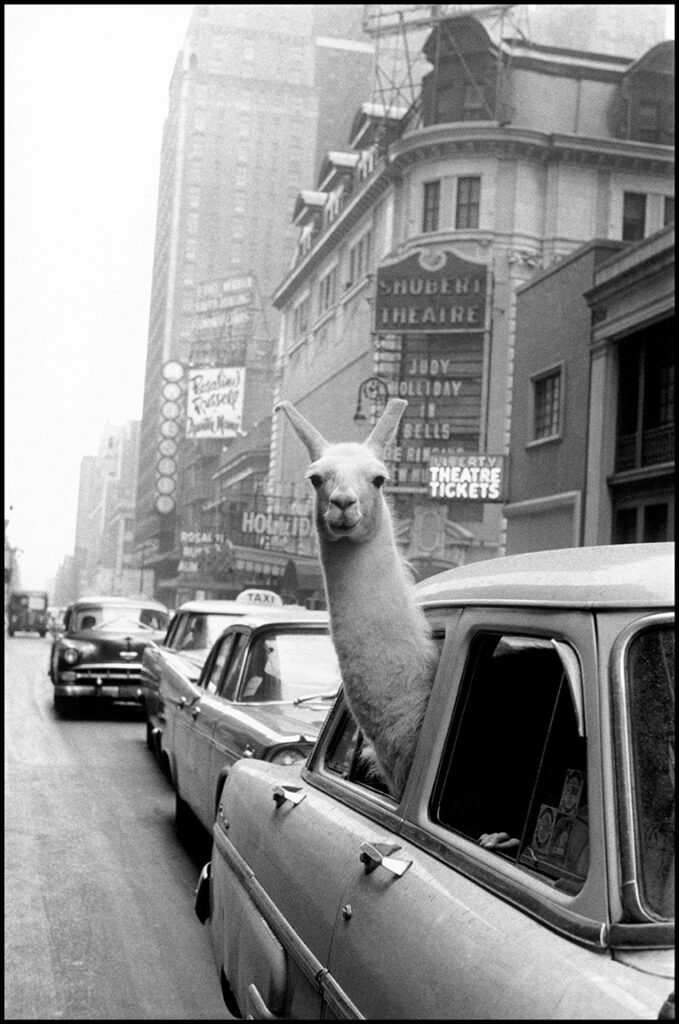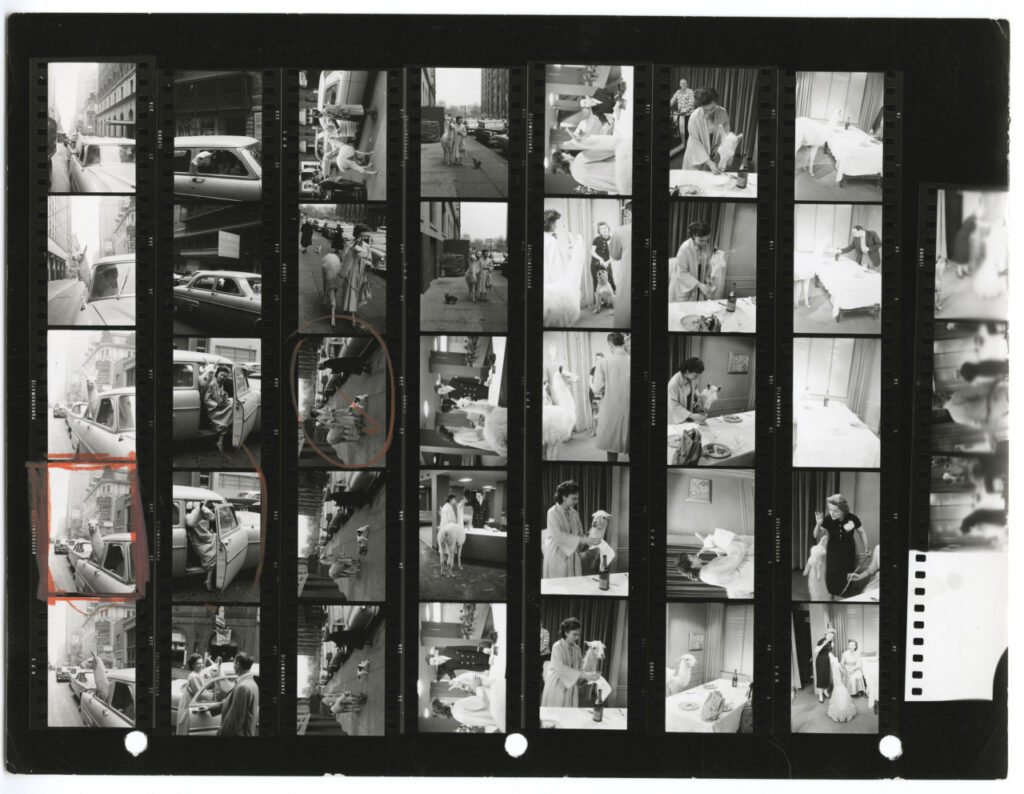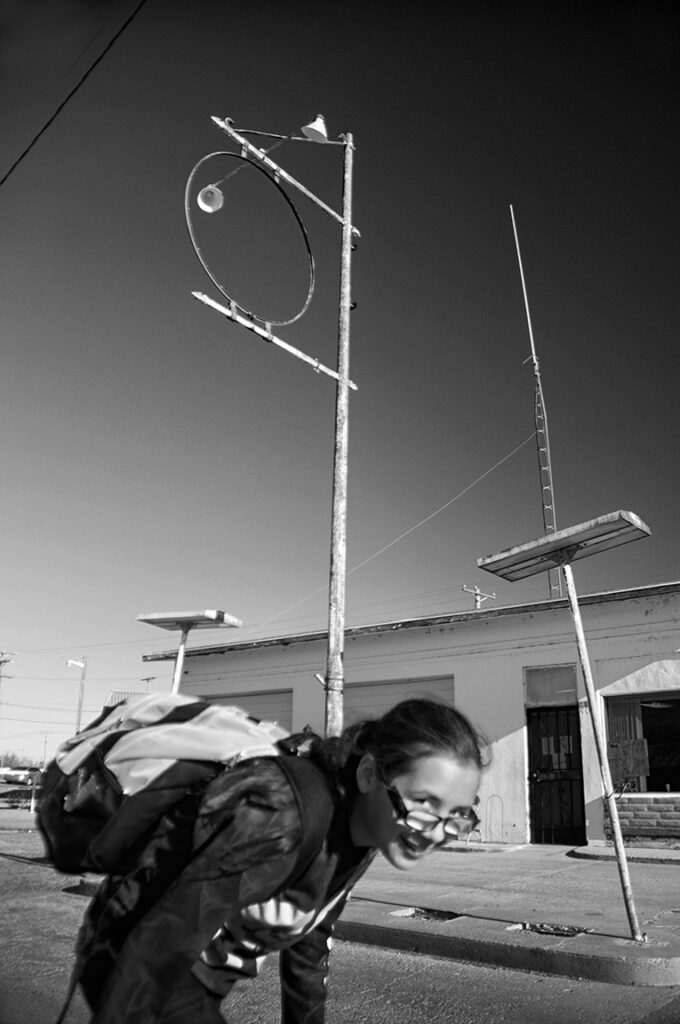This is the first Pinhole I ever made in summer 1971.
After three yeqars of shooting editorial work, riots, demonstrations, poverty and pissed off people, I needed to stop. I packed my Canon cameras up and was wondering what to do. Eventually, I stumbled upon a small book at a bookstore called The Hole Thing by Jim Schull.
I made the first camera with an old GE light bulb box, tinfoil and a #12 sewing needle and cut up a sheet of Kodak G #2 printing paper.
This is the first one.
No matter how far or wide I have gone for the past 52 years, I always return to Pinhole, which always reminds of how simple and yet unbelievably miraculous is the photographic process. And, how fun it is. And it reminds me not to forget the magic of the “hole thing.”
Montana Street rear window, Chicago, 1971 by Bruce Berman

